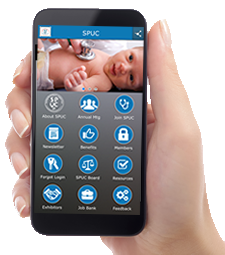SPUC Clinical Advisor: “Dry Drowning”
After the death this summer of a four year-old boy in Texas, parents and health care workers are learning more about and watching out for signs and symptoms of “Dry Drowning.”
The term “Dry Drowning” is typically used during autopsy to mean someone has died from being submerged in water but has no water in the lungs. It can be confusing.
-
Dry drowning. Dry drowning is a term that has never had an accepted medical definition, and has been used at different times to describe different parts of the drowning process. Many media reports use it as a synonym for secondary drowning, but in the past, it described the lack of water found in the lungs of drowning victims at autopsy. Laryngospasm may play a role in some of these cases. During the drowning process, very little water actually enters the lungs, typically less than 2 mL/kg body weight. This would mean only 30 mL of water would enter the lungs of an average three year-old. If underwater for more than a minute or so, the main problem is a lack of oxygen to the brain, and CPR should be started to restore oxygen to the brain. If the person is rescued before his brain runs out of oxygen, then that small amount of water in the lungs is absorbed and causes no problems, or it can cause excessive coughing that gets better or worse over the next few hours. The management is the same regardless of whether small amounts of water are present, so this distinction between wet and dry drownings was abandoned as clinically meaningless years ago by drowning specialists.
-
Secondary drowning. Sometimes known as delayed drowning, this term also has no currently accepted medical definition. Its historical use reflects the reality that patients may sometimes worsen after water exposure. The take-home point is that anyone who experiences respiratory symptoms after a drowning incident (using the modern definition above) should seek medical care. There has never been a case published in the medical literature of a patient initially without symptoms who later deteriorates and dies. People who have drowned and have minimal symptoms will either get better or worse within two to three hours.
When should parents worry and bring a child to a Pediatrician or Pediatric Urgent Care facility? A child who swallows a small amount of water in a pool or ocean and is happy for the rest of the day is probably fine. A child who is pulled from the water, coughing and sputtering with or without loss of consciousness should be monitored closely. Dry Drowning symptoms can be confusing. Everyone can agree that supervision is key while children are in or near water.
Drowning in a Sea of Misinformation: Dry Drowning and Secondary Drowning
Drowning Lit: Reviewing the latest research in drowning prevention and treatment




